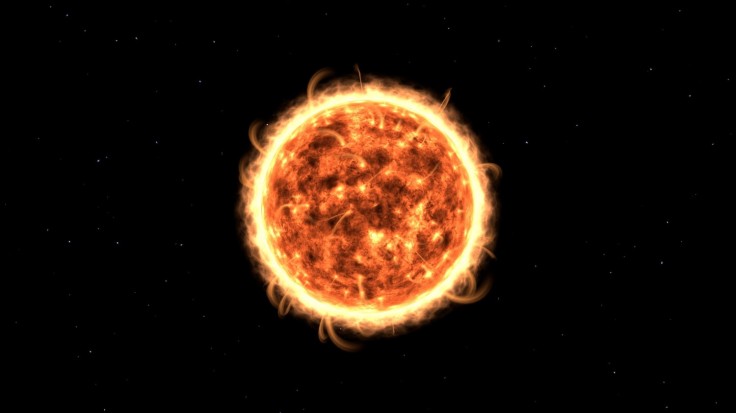The Sun may negatively affect our lives more by 2024.
Astronomers and experts determined that the Sun will enter its most energetic phase and when its magnetic field is weakest by the end of 2023, a year more than expected.
Solar flares and coronal mass ejections (CMEs) are more likely to occur during this phase, which could affect various technologies, including vital ones.
Solar Maximum 2024 Details

The Sun may look peaceful here on Earth, but a quick look at it with telescopes and you'd see a star in a constant state of flux, and it is about to get chaotic.
According to Live Science, the Sun goes through an 11-year cycle that has its magnetic field tangled up at the end, switching its poles' positions as a result. Before this switch happens, though, it steadily increases its activity during a period, which experts call a Solar Maximum, which takes the form of fiery plasma blobs, growing dark spots the size of planets, and emitting streams of powerful radiation.
Unfortunately, this increase in solar activity is detrimental to people and the technologies helping us in our daily lives, and it is coming much earlier than expected.
Originally, scientists predicted that the Solar Maximum would occur in 2025, but a sudden increase of sunspots, solar storms, and rare solar phenomena suggests that the Solar Maximum will occur by the end of 2023, meaning it will happen when 2024 comes. They also mentioned that humanity is ill-prepared for such an event.
When the Sun reaches its Solar Maximum, its magnetic field, which constrains solar radiation and reduces the risk of solar storms, throbs and tangles more wildly. This weakening means that the Sun is more likely to develop more sunspots and solar flares and CMEs originating from them.
What To Expect From A Solar Maximum
While the Earth is protected by its magnetic field, which acts as a shield to solar radiation and creates the aurora borealis and australis when they occur, the weakening of the Sun's magnetic field opens up the possibility of solar flares and CMEs detrimentally affecting key technologies, like widespread radio and power blackouts, exploding sea mines, and destroy satellites, per Business Insider.
You may recall that a particularly powerful CME causes a power failure in Quebec and parts of the northeastern US, cutting electrical power for over six million people for nine hours.
The increase in solar activity will also lead to more frequent and more intense aurora displays, but it will also lead to satellites falling from orbit, such as when SpaceX lost 40 brand new Starlink satellites after launching them in Feb. 2022, per Space.com.
The increase could also lead to temporary or permanent disturbances with telecommunication, navigation systems, and electronics like laptops or phones, per EarthSky.org.
Thankfully, there are ways of protecting electronics from the effects of a CME, such as the creation of a Faraday Box to put electronics away in the event of a powerful CME hurling toward Earth.
Related Article : Sunspot AR3182 Takes Aim at Earth Again; Powerful Solar Flares Likely









